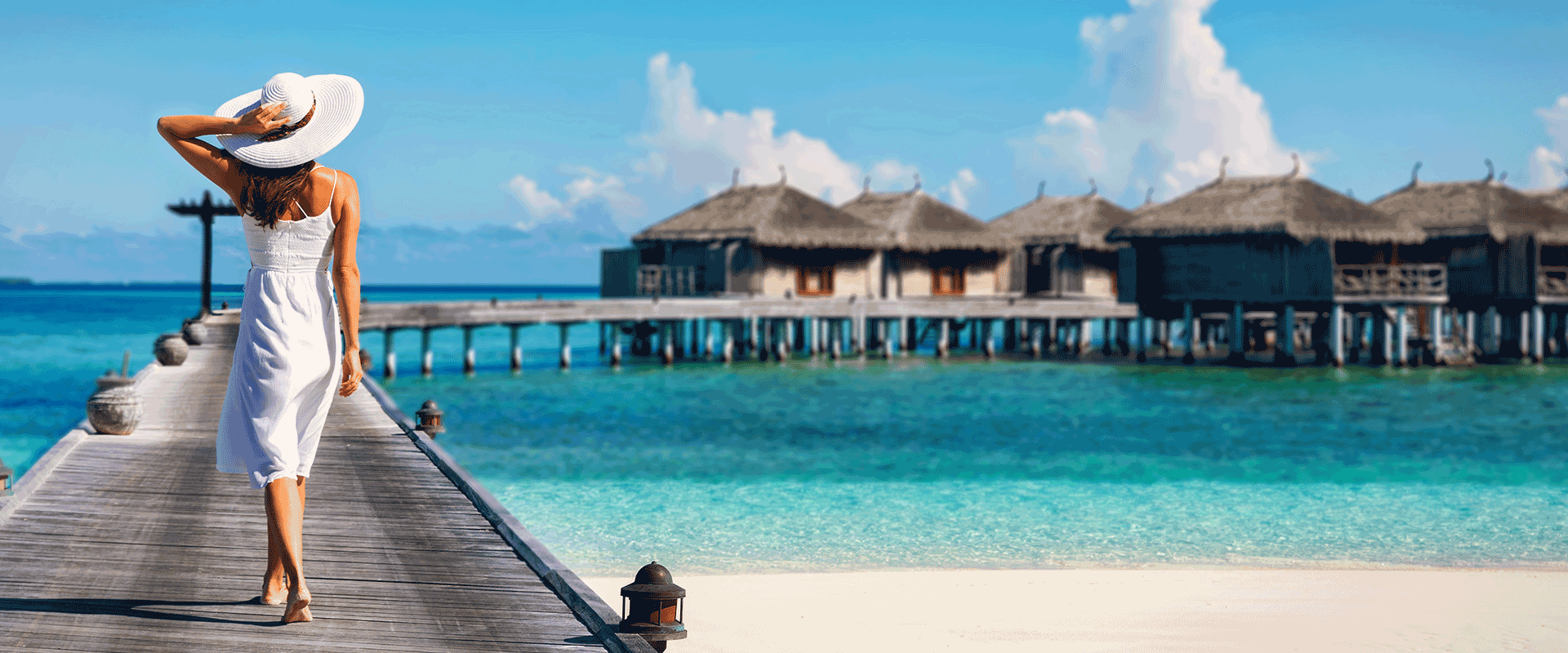So what should hospitality operators and investors know about all-inclusive resorts? First, all-inclusive resorts are all about the bundle. Unlike traditional hotels, where guests choose their rooms based on bed type, square footage, view and other features, the room is just one element of the all-inclusive package. Leisure programming such as spas, water sports, fitness and entertainment are usually included or semi-included (meaning some upgrades and experiences are available for an extra fee).
The all-inclusive concept works best in locations where labor costs are lower (e.g., Mexico, Jamaica and the Dominican Republic). Length of stay is important — seven days is ideal, but the property should sway visitors to stay at least three or four days to maximize bookings because premium pricing is necessary for shorter stays. Transportation is also critical, with tour operators providing air travel from Canada, the EU and the U.S. playing a critical role and online travel agencies increasingly offering bundled packages.







